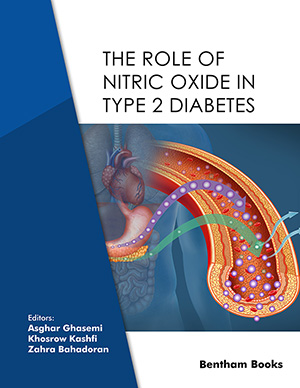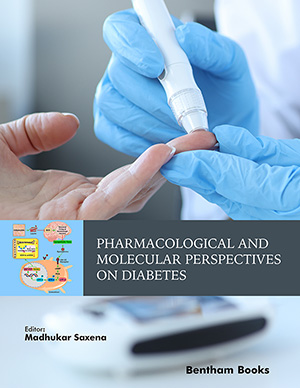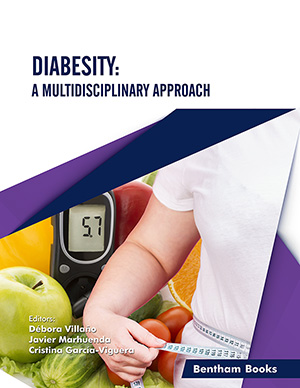
Abstract
Transmissible spongiform encephalopathies (TSEs) or prion diseases are fatal neurodegenerative disorders in humans and animals, and include Creutzfeldt-Jakob disease (CJD) in humans, bovine spongiform encephalopathy (BSE) in cattle, and scrapie in sheep. All forms of prion diseases have common features: spongiform degeneration of the central nervous system, reactive gliosis, neuronal loss and in some cases, formation of amyloid plaques. Conversion of the host cellular prion protein (PrPC) into an abnormal, protease-resistant and infectious isoform (PrPSc) is believed to be a central molecular basis of neurodegeneration in prion diseases. Although there are vigorous disputes about the conversion mechanisms of PrPC to PrPSc, considerable evidence suggests that various factors such as molecular chaperones and transition metals may be closely associated with the PrP conversion process and that disturbance in the homeostasis of several transition metals may play an important role in the pathogenic mechanisms of prion diseases. Here, we briefly review and discuss current topics about the effects of transition metals in the PrP conversion mechanisms and in the pathogenesis of prion diseases.
Keywords: transmissible spongiform encephalopathies, prion diseases, molecular chaperones, transition metals, conversion mechanisms of prpc to prpsc, pathogenesis
 2
2









